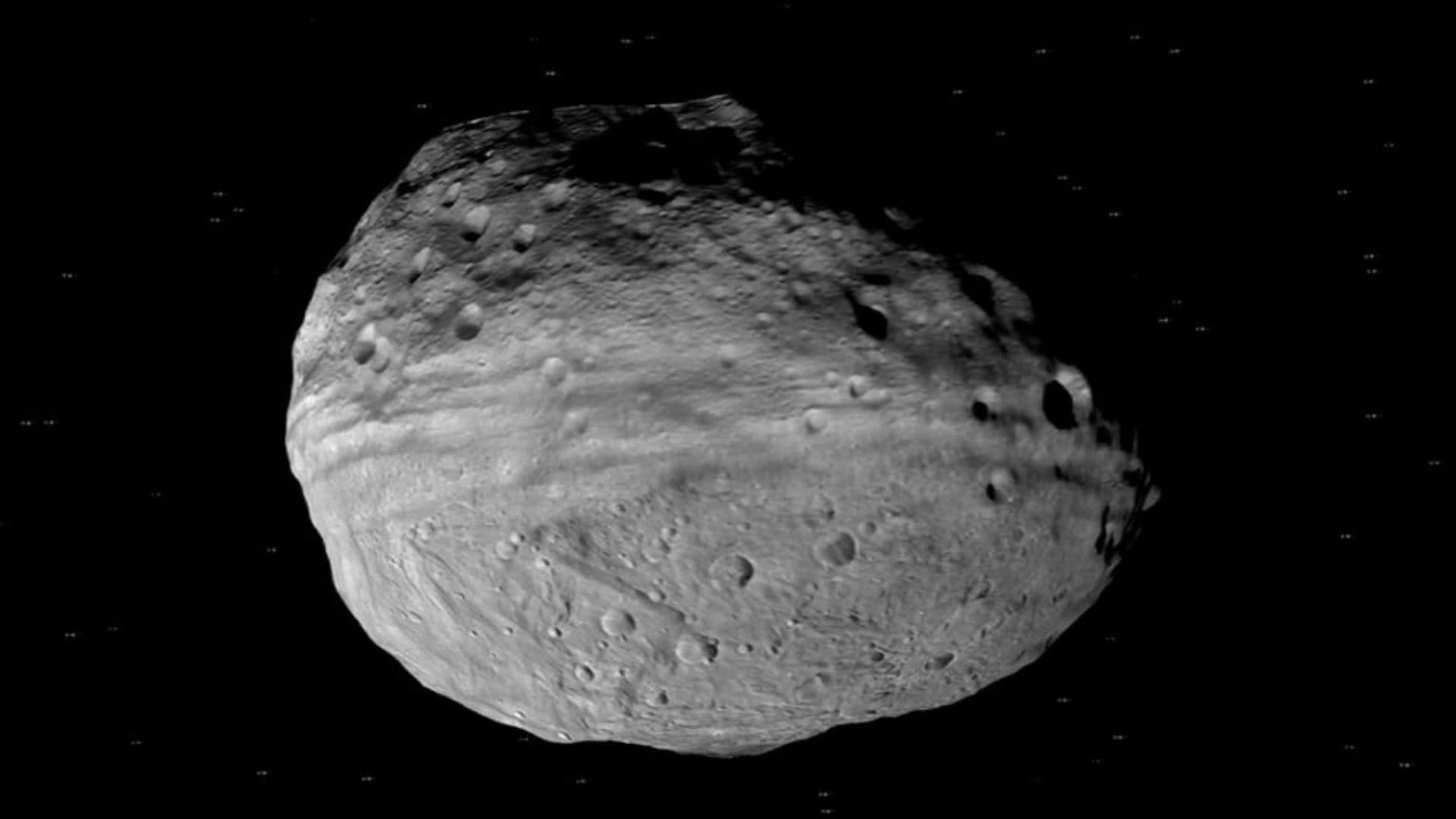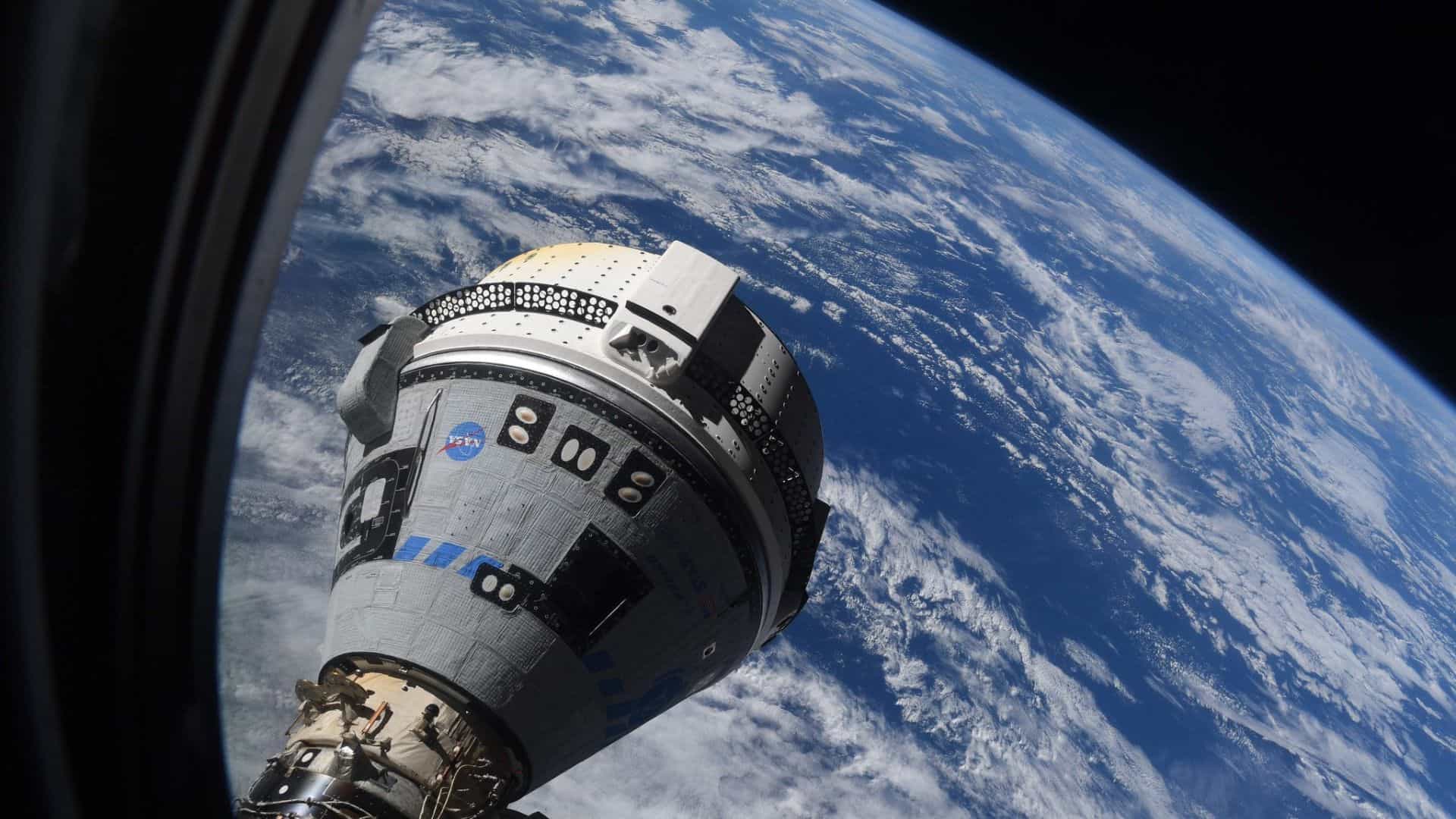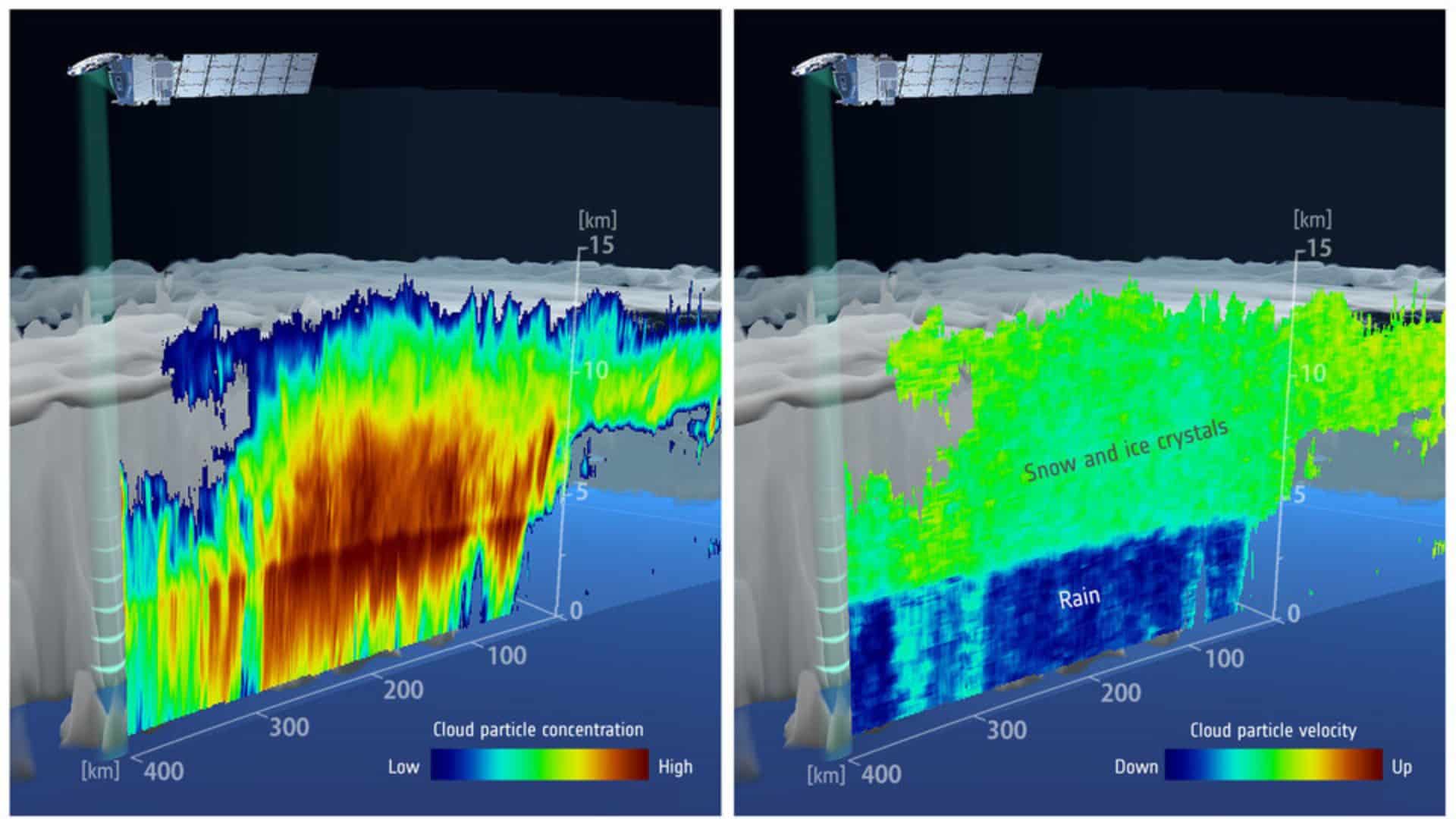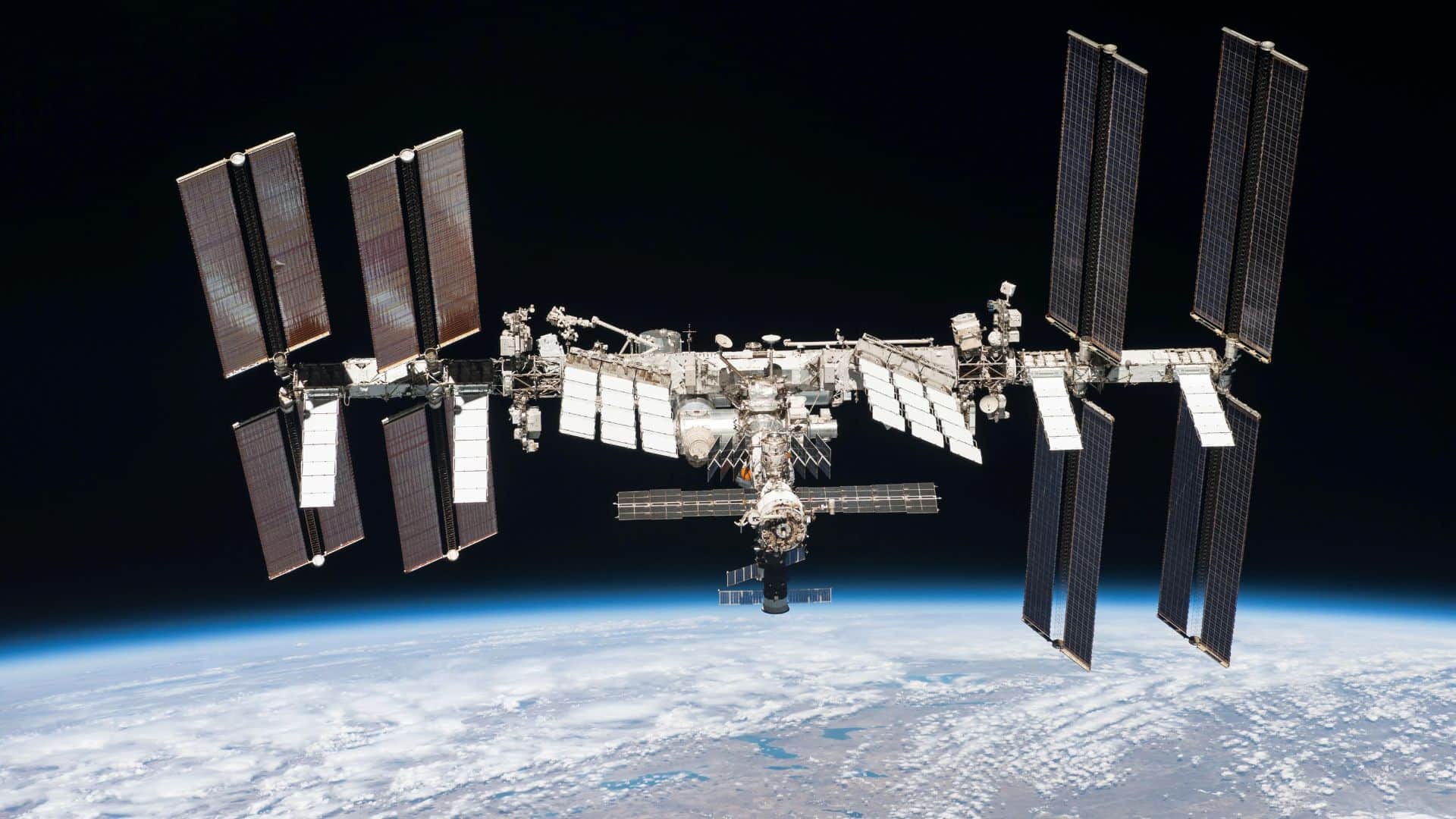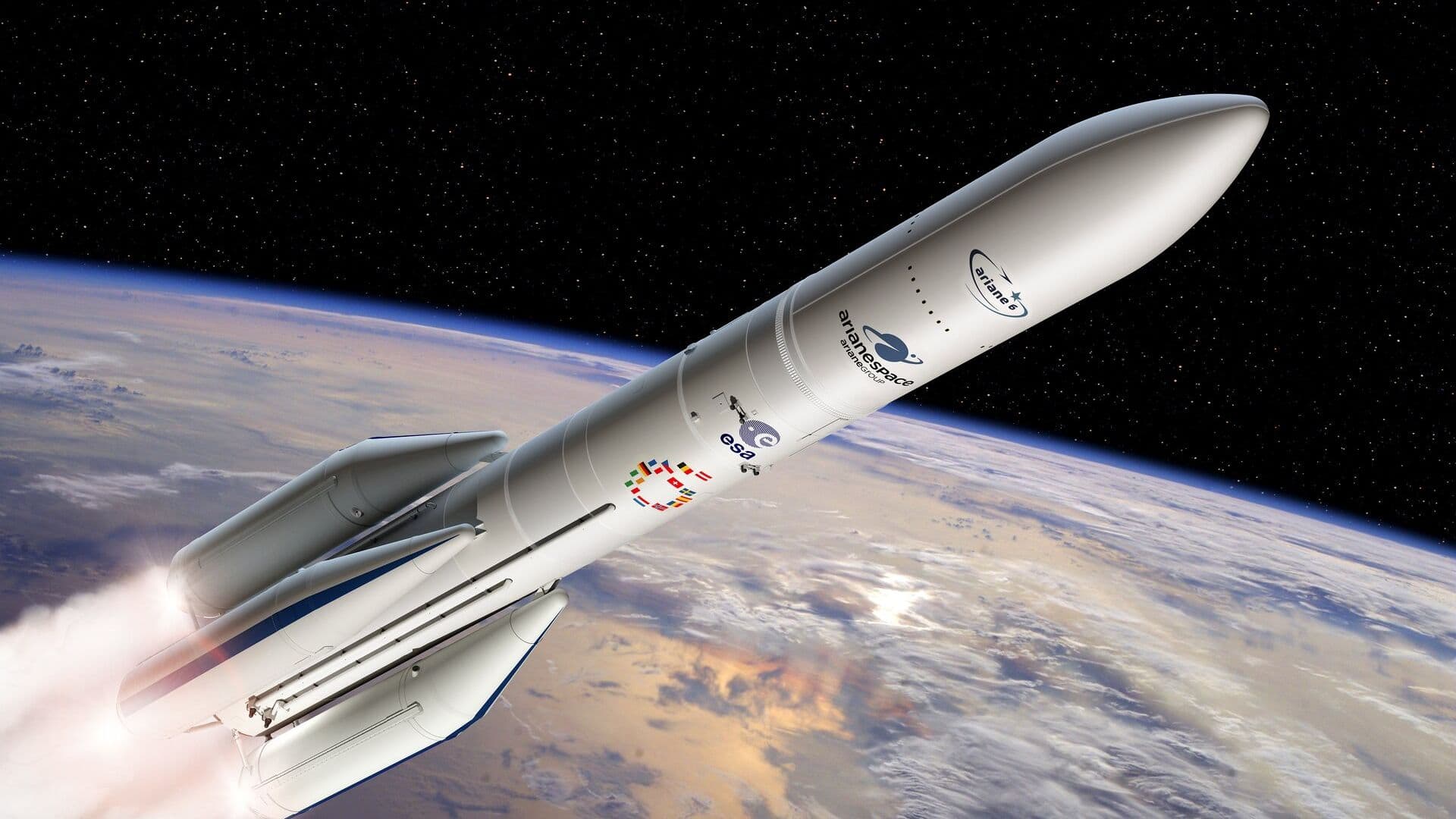
The inaugural launch of Europe’s next-generation Ariane 6 rocket is set for July 9, 2024, from Europe’s Spaceport in French Guiana.
The heavy-lift launcher Ariane 6 is the successor to the extremely successful Ariane 5 rocket. The European Space Agency (ESA) announced the retirement of Ariane 5 from its service when it flew last time on July 6, 2023.
The powerful and versatile Ariane 6 rocket will ensure Europe’s independent access to space.
The European private aerospace company ArianeGroup has developed the powerful Ariane 6 rocket under the guidance of the European Space Agency (ESA).
Over 60 meters tall, the Ariane 6 rocket will weigh almost 900 tons when launched with a full payload.
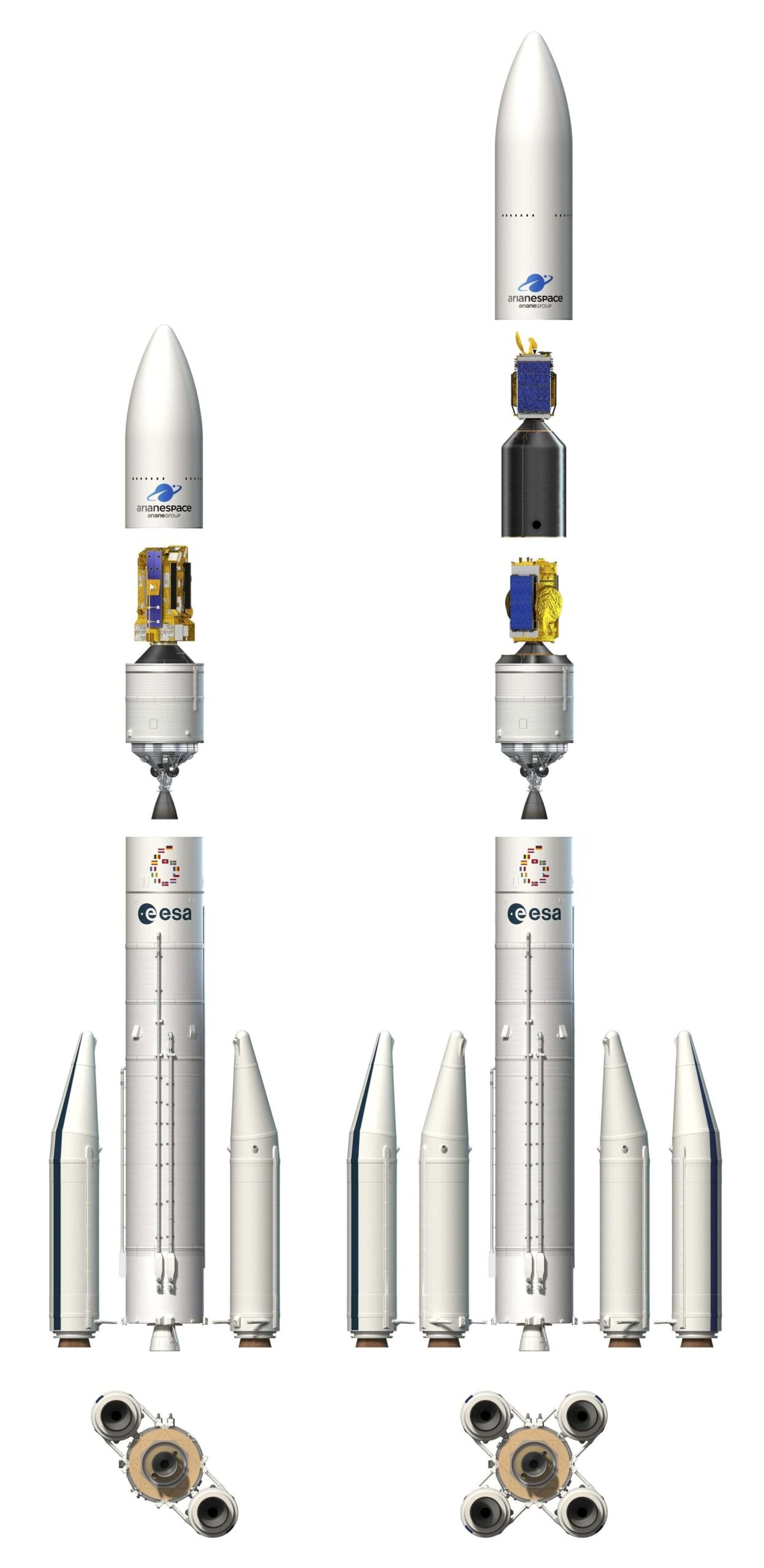
The Ariane 6 rocket will be available in two variants:
— Ariane 62 (the main Ariane 6 rocket with two boosters), which is capable of launching approximately 4500 kg payloads into geostationary transfer orbit or 10,300 kg payloads into low Earth orbit.
— Ariane 64 (the main Ariane 6 rocket with four boosters), which is capable of launching approximately 11,500 kg payloads into geostationary transfer orbit and 20,600 kg payloads into low Earth orbit.
The main Ariane 6 rocket has two stages:
— the lower stage, or core stage, which is powered by a liquid oxygen-hydrogen Vulcain engine. This lower stage, together with the solid rocket boosters, can deliver 135 tons of thrust in vacuum.
— the upper stage, which is powered by a liquid oxygen-hydrogen Vinci engine. This Vinci engine of the upper stage is reignitable, which allows Ariane 6 to launch multiple missions on different orbits on a single flight. The Vinci engine will burn multiple times to reach the required orbits.
Please bookmark Spaceandtelescope.com or follow us on Facebook and Twitter to get latest space news, upcoming skywatching events and astronomy-related content.
